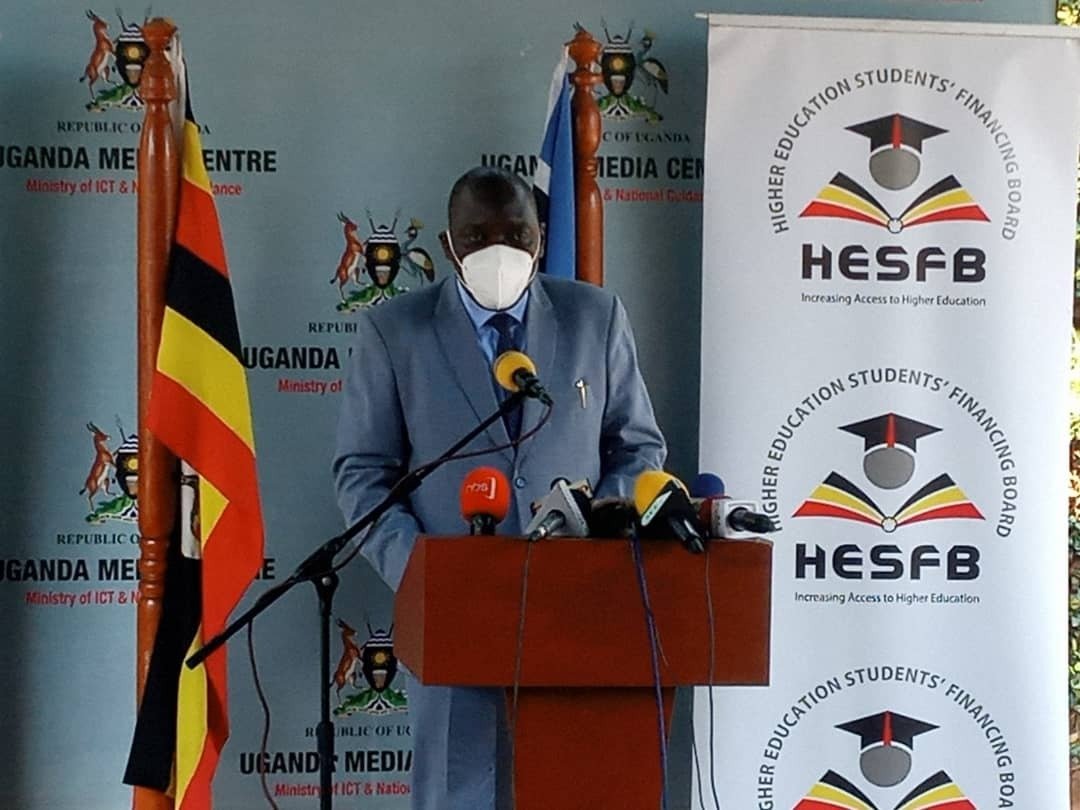The World Bank has officially categorized Tanzania as a Middle Income Economy in the lower category (Lower-Middle Income Economies) according to the new income level classifications released on July 1, 2020.
Lower middle-income economies are those with a Gross National Income(GNI) per capita between $1,036 and $4,045.
The World Bank assigns the world’s economies to four income groups—low, lower-middle, upper-middle, and high-income countries. The classifications are updated each year on July 1 and are based on GNI per capita in current USD.
The rankings showed that Tanzania graduated from Low Income (GNI per Capita 1,020 in 2019) to Lower Middle Income (GNI per Capita 1,080) by July 1, 2020.
This year’s rankings had only Romania, Nepal, Mauritius, Nauru, Indonesia and Benin and Tanzania as graduands to the Lower Middle Income category.
Low income (GNI per Capita of less than 1,026 dollars), Lower Middle income (1,036 – 4,045), Upper Middle Income (4,046 – 12,535), and High Income for those with GNI per Capita greater than 12,535.
The classification considers factors such as economic growth, inflation, exchange rates, and population growth influence GNI per capita. Revisions to national accounts methods and data can also influence GNI per capita.
It was however noted that the GNI numbers that were used for this year’s classification do not yet reflect the impact of COVID-19.
Economies of Sudan and Algeria however slipped into the low income category during the same period.
Uganda remained in Low Income category together with Ethiopia, Rwanda, Sudan Togo, Niger, Guinea, Gambia, Mozambique, Mali, Malawi, Madagascar, Eritrea, DRC, Chad, Guinea Bissau, Central African Republic, Seirra Leone South Sudan an Spomalia.
Kenya, Benin, Morrocco, Nigeria, Mauritania, Ghana, Zimbabwe, Letsotso and Ivory Coast were ranked in the Lower Middle Income category.







































